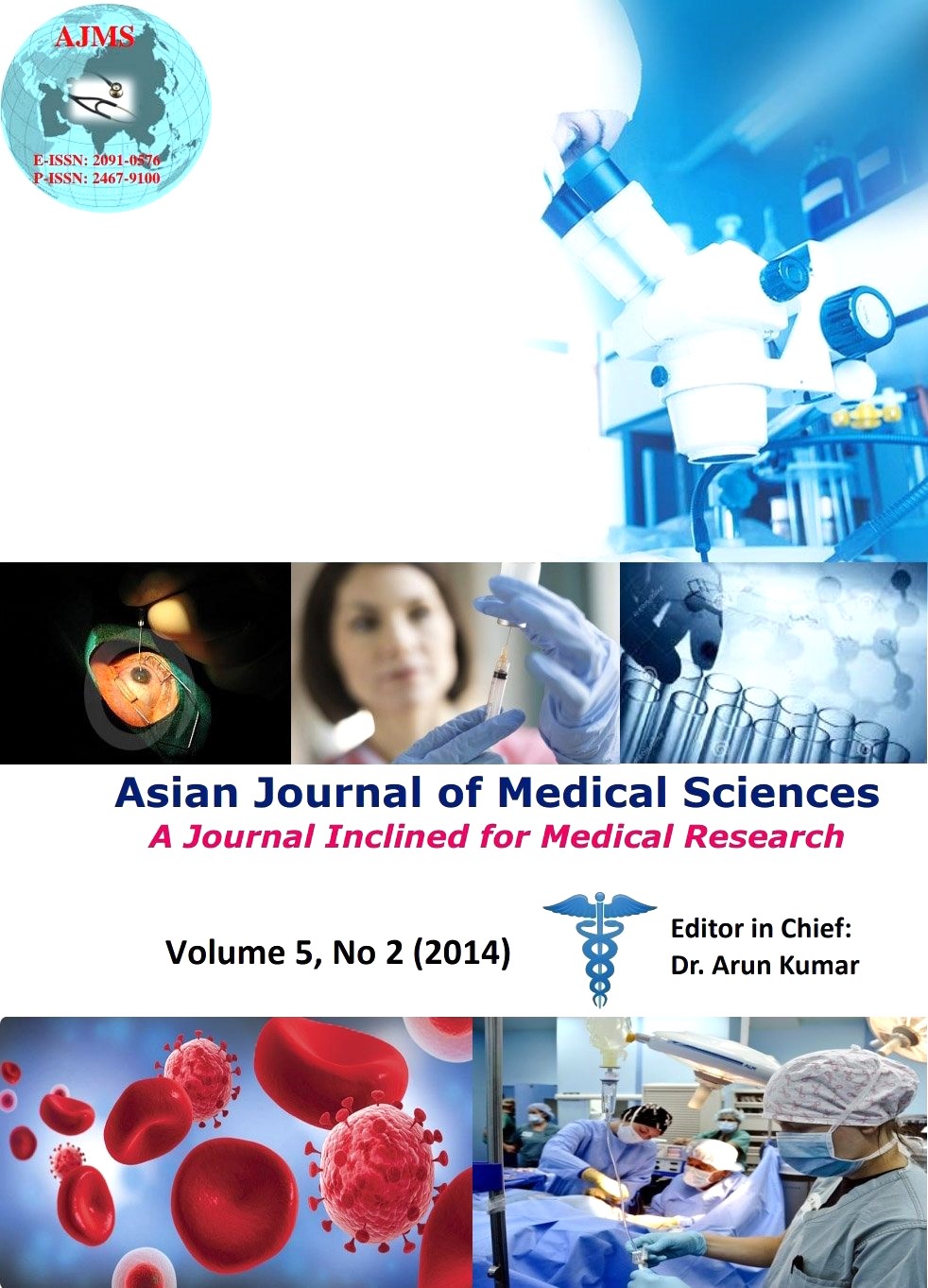Assessment of the Spine in a Healthy Working Population : A Radiographic Study of the Lumbrosacral Angle in Relation to Occupation in Southern Nigeria
Keywords:
Lumbosacral angle, LLA lumbar lordotic angle, MSSD= Musculoskeletal DisorderAbstract
Objective: This study was carried out to evaluate the effect of occupation on the Lumbosacral angle of the spine in a cohort of working adult Nigerians
Method: Lateral radiographs from two hundred and twenty healthy working adults within the age range 18 to 55 years comprising 136 males (61.82%) and 83 females (38.18%), with a mean age=29.14(7.45) years were studied. Participants at the time of investigation were engaged in different physically demanding occupations with a minimum of one year job experience. The sample included a control group made up of undergraduate students from the University of Port Harcourt. Prior to data collection, all participants read and signed informed consent forms. Each lateral radiograph was evaluated using Fergusons sacral base-horizontal 2-line method. Statistical analysis was done using the computer based SPSS Version 17, Chicago IL, and a confidence level of 0.05 was accepted as indicative of statistical significance.
Results: A statistically significant difference was found between the four groups in terms of age, gender and occupation. The lumbosacral angle of the groups engaged in physically demanding occupations were significantly higher than the control (undergraduate students).
Conclusion: The lumbar curves are designed to increase the resilience of the vertebral column. Over a time period, physically demanding jobs are likely to cause various degrees of significant alterations in the lumbosacral configuration
DOI: http://dx.doi.org/10.3126/ajms.v5i2.8888
Asian Journal of Medical Science, Volume-5(2) 2014: 99-105
Downloads
Downloads
Published
How to Cite
Issue
Section
License
Authors who publish with this journal agree to the following terms:
- The journal holds copyright and publishes the work under a Creative Commons CC-BY-NC license that permits use, distribution and reprduction in any medium, provided the original work is properly cited and is not used for commercial purposes. The journal should be recognised as the original publisher of this work.
- Authors are able to enter into separate, additional contractual arrangements for the non-exclusive distribution of the journal's published version of the work (e.g., post it to an institutional repository or publish it in a book), with an acknowledgement of its initial publication in this journal.
- Authors are permitted and encouraged to post their work online (e.g., in institutional repositories or on their website) prior to and during the submission process, as it can lead to productive exchanges, as well as earlier and greater citation of published work (See The Effect of Open Access).




